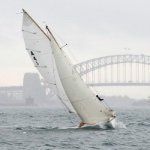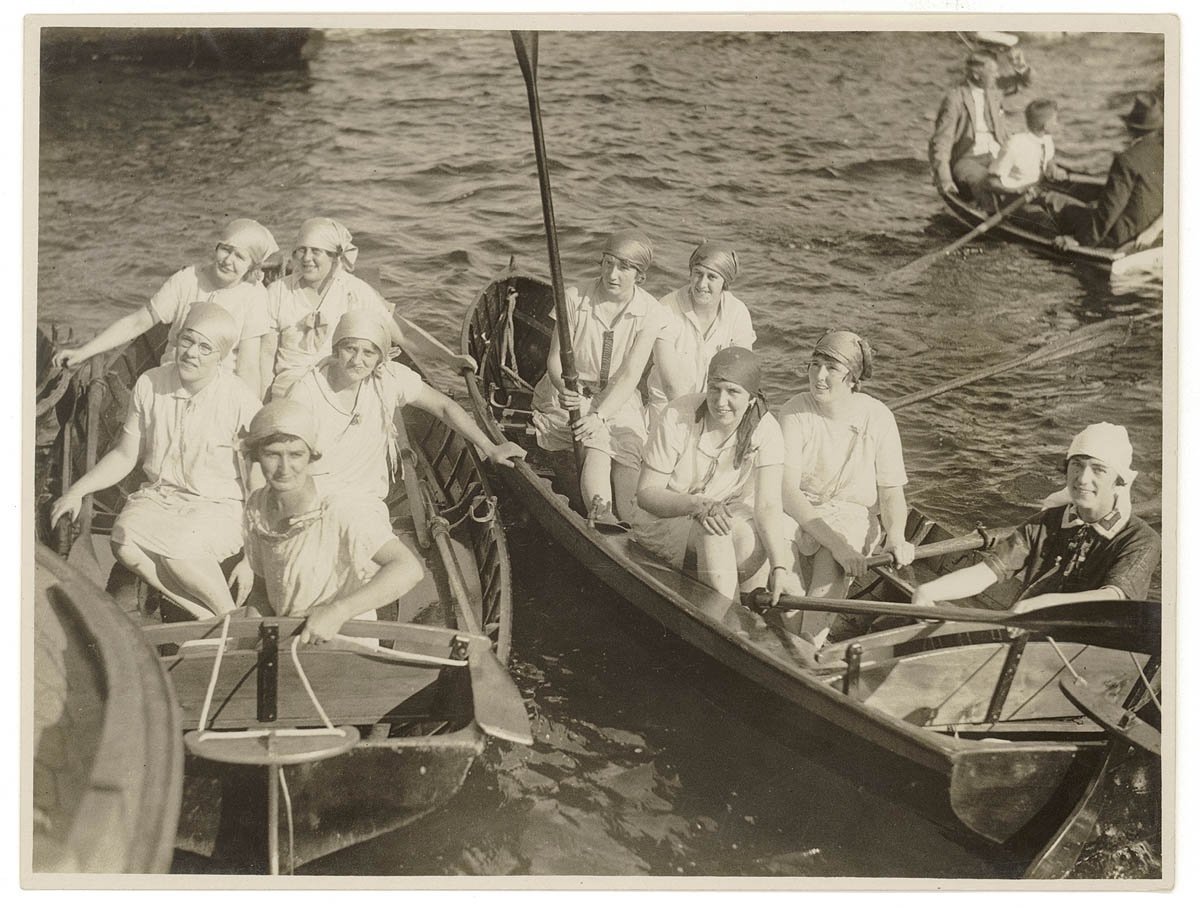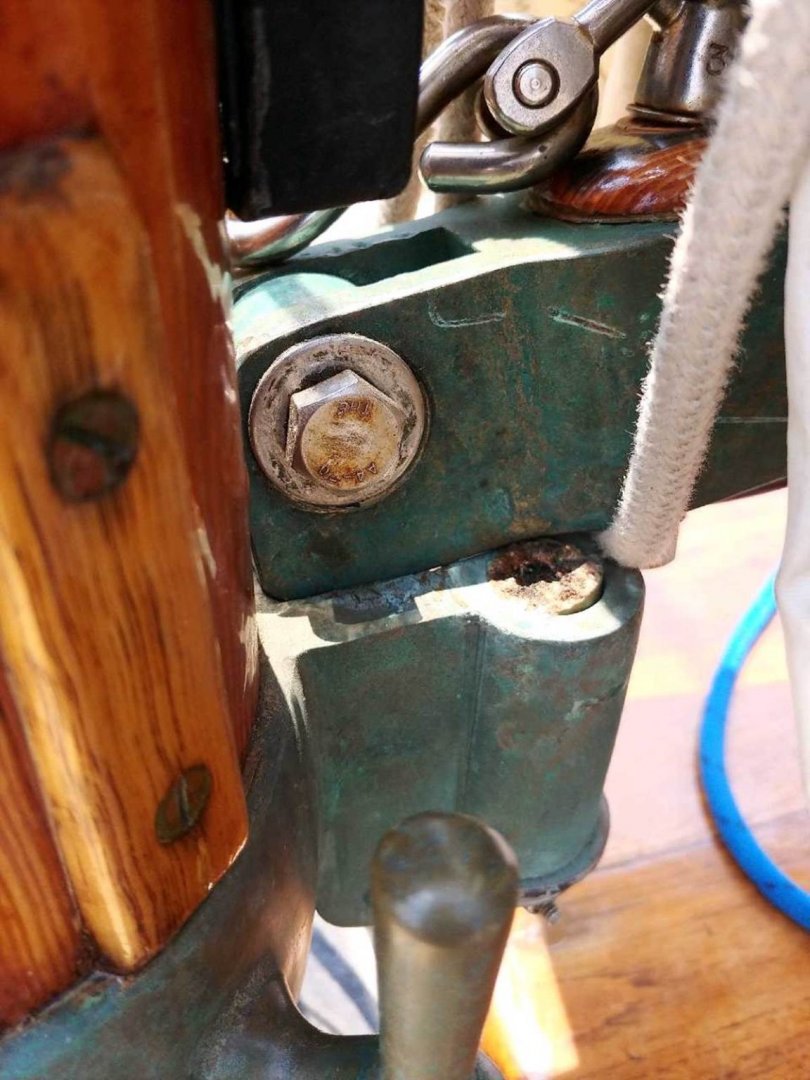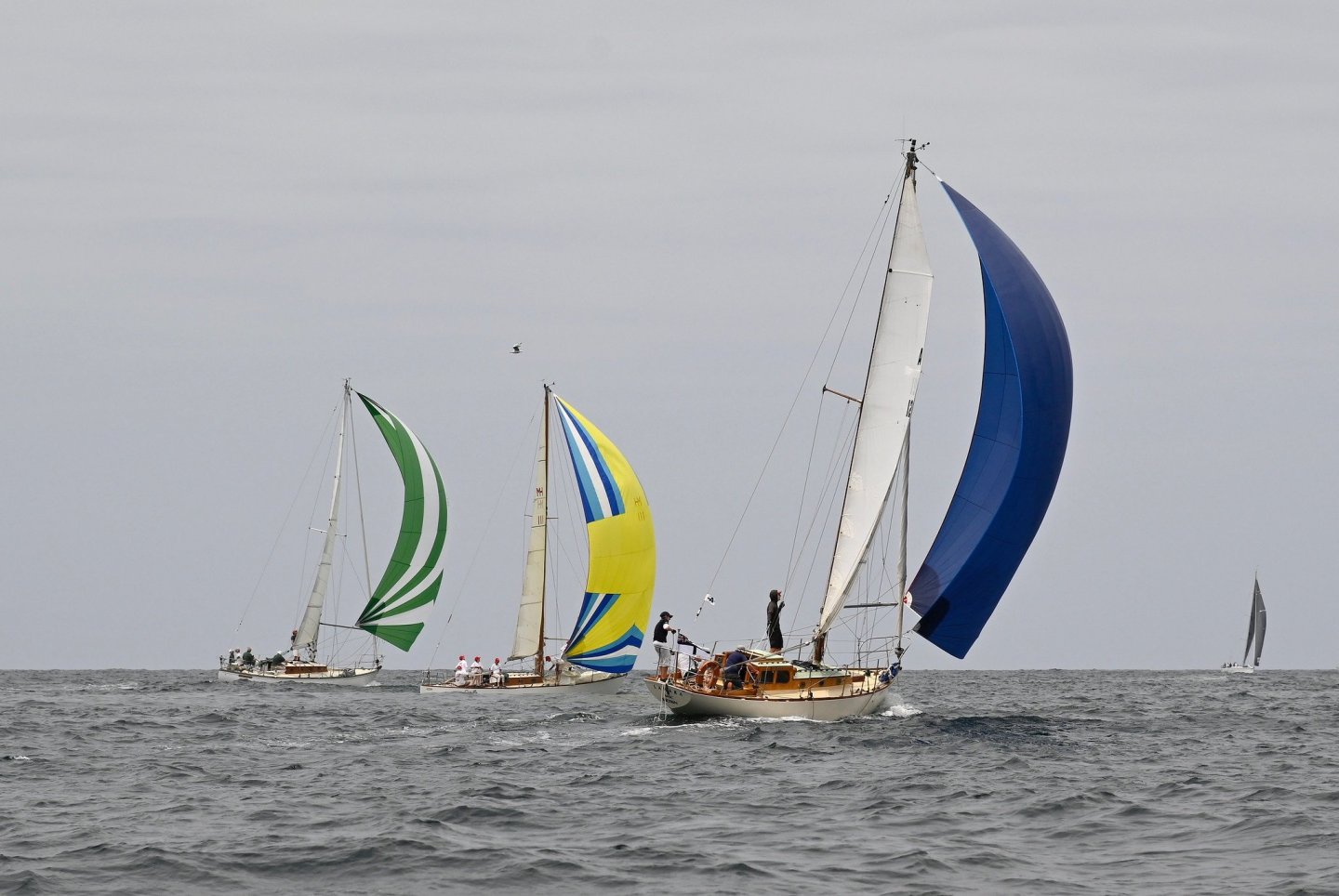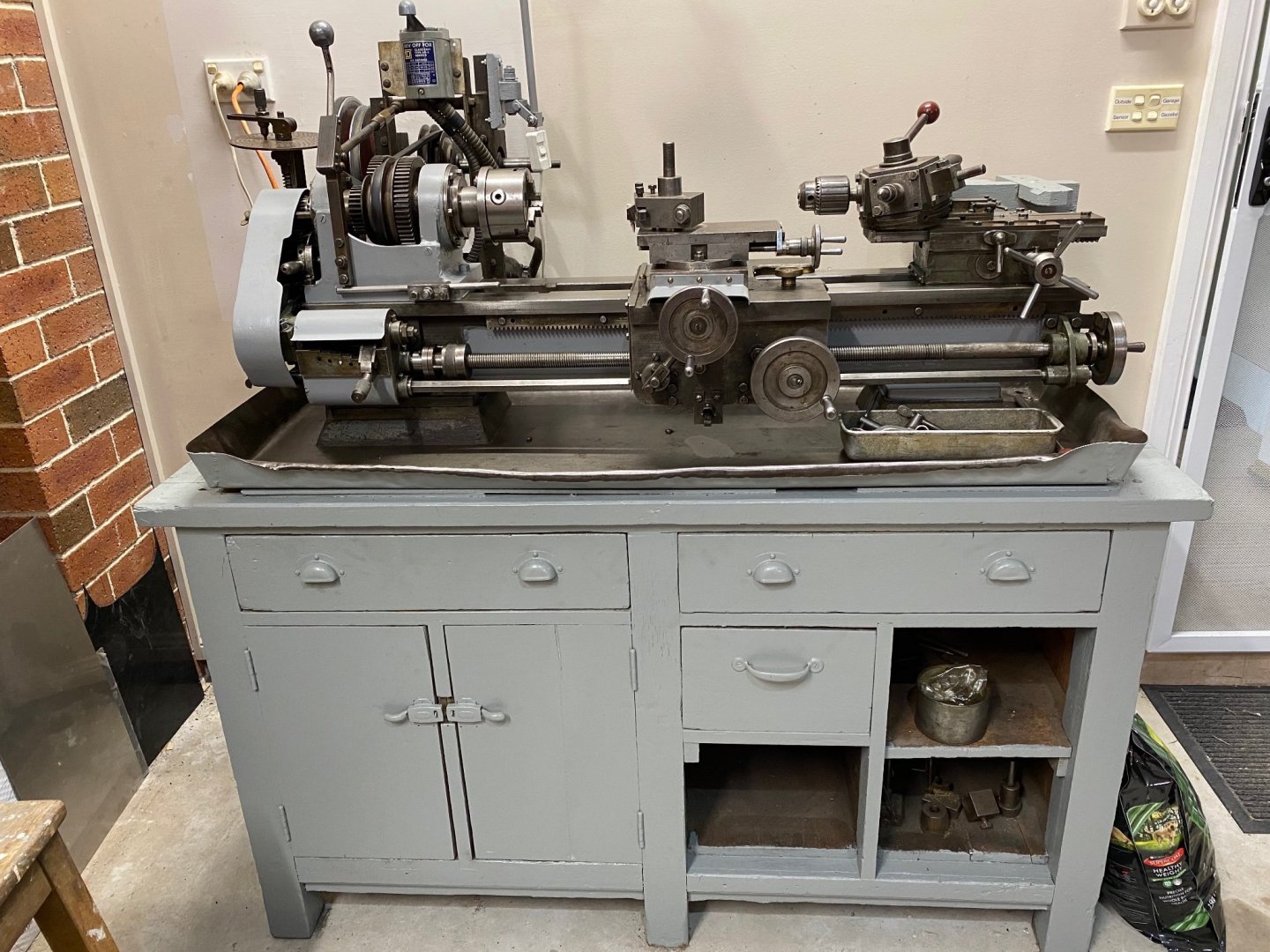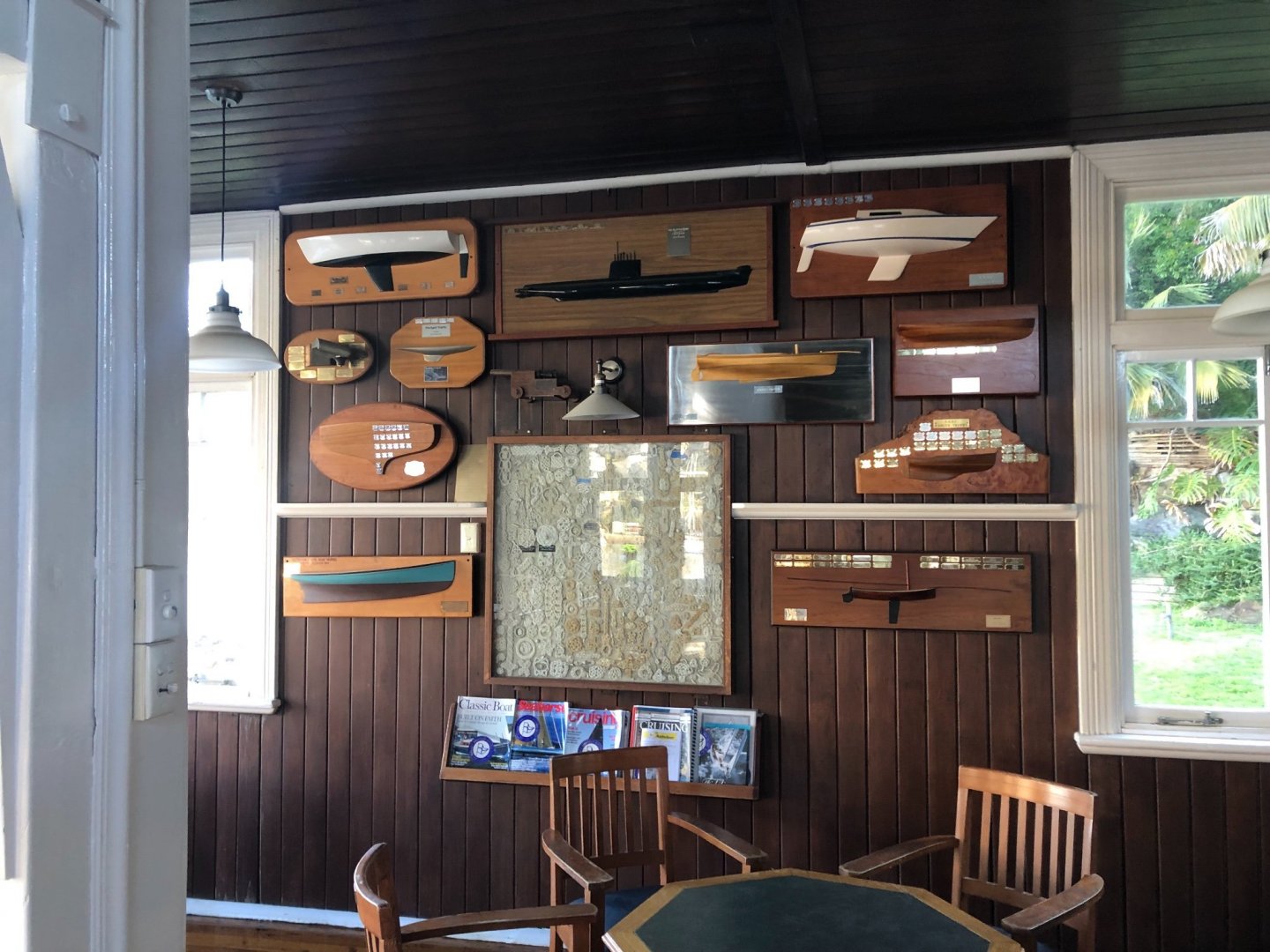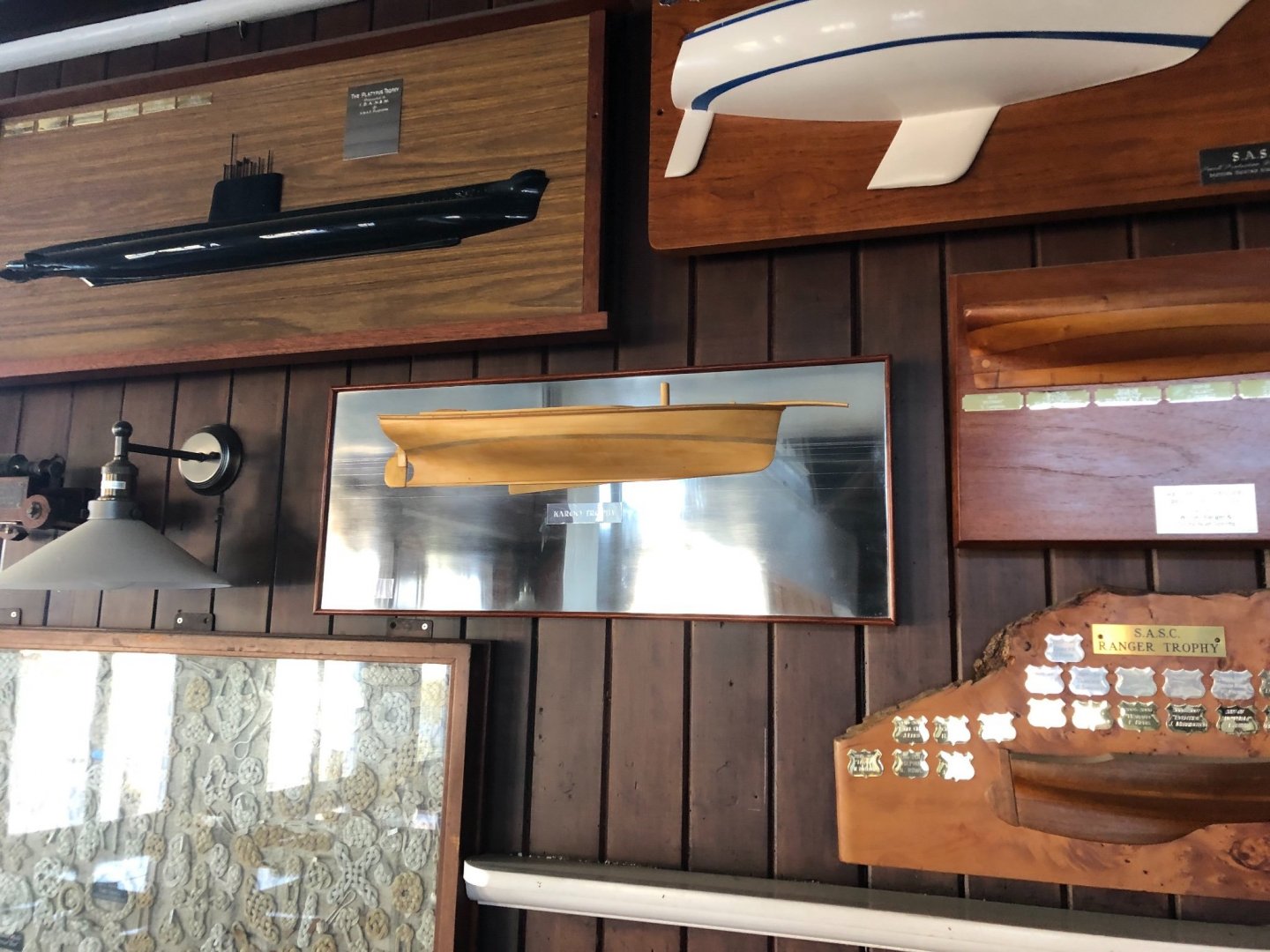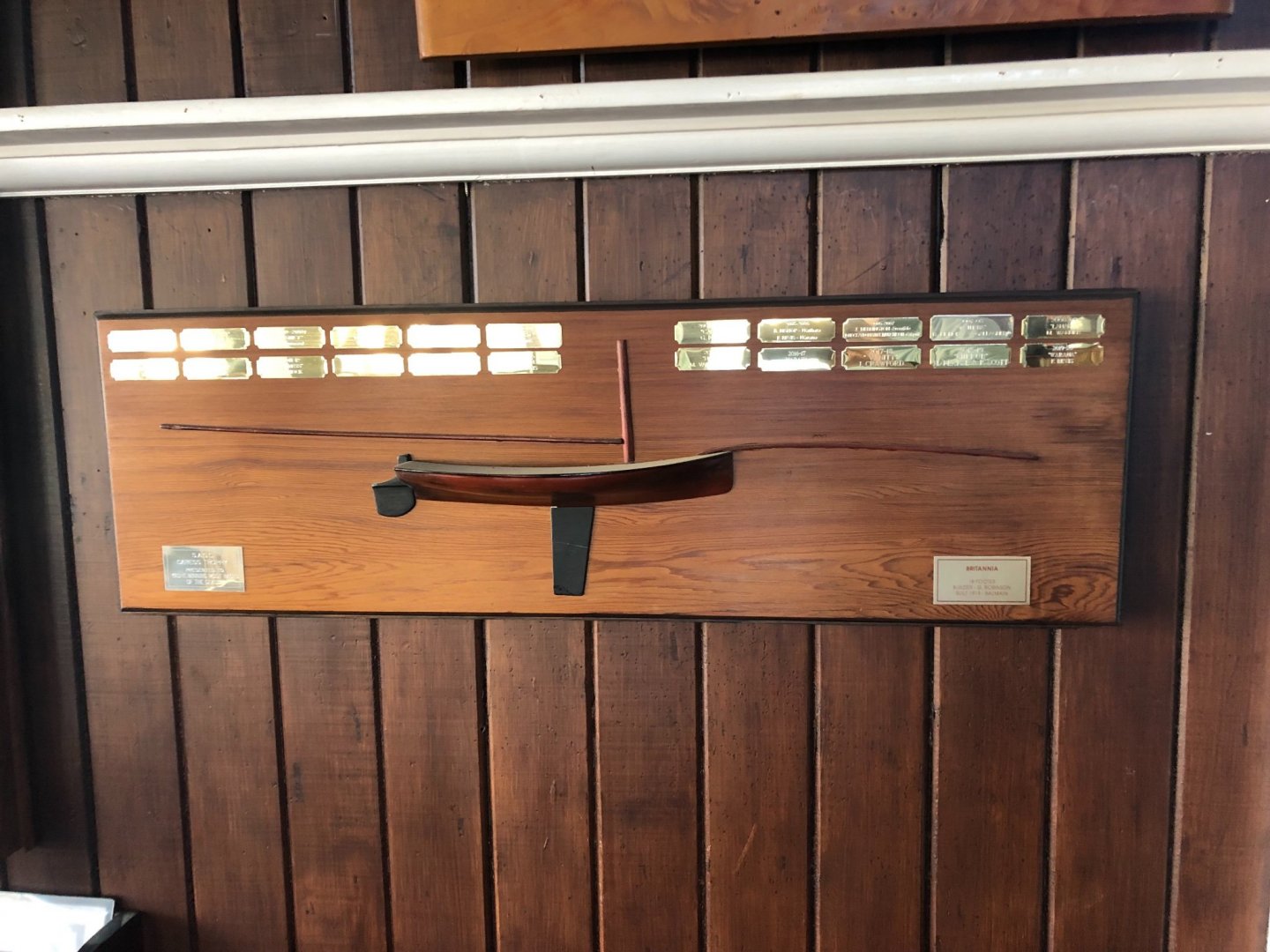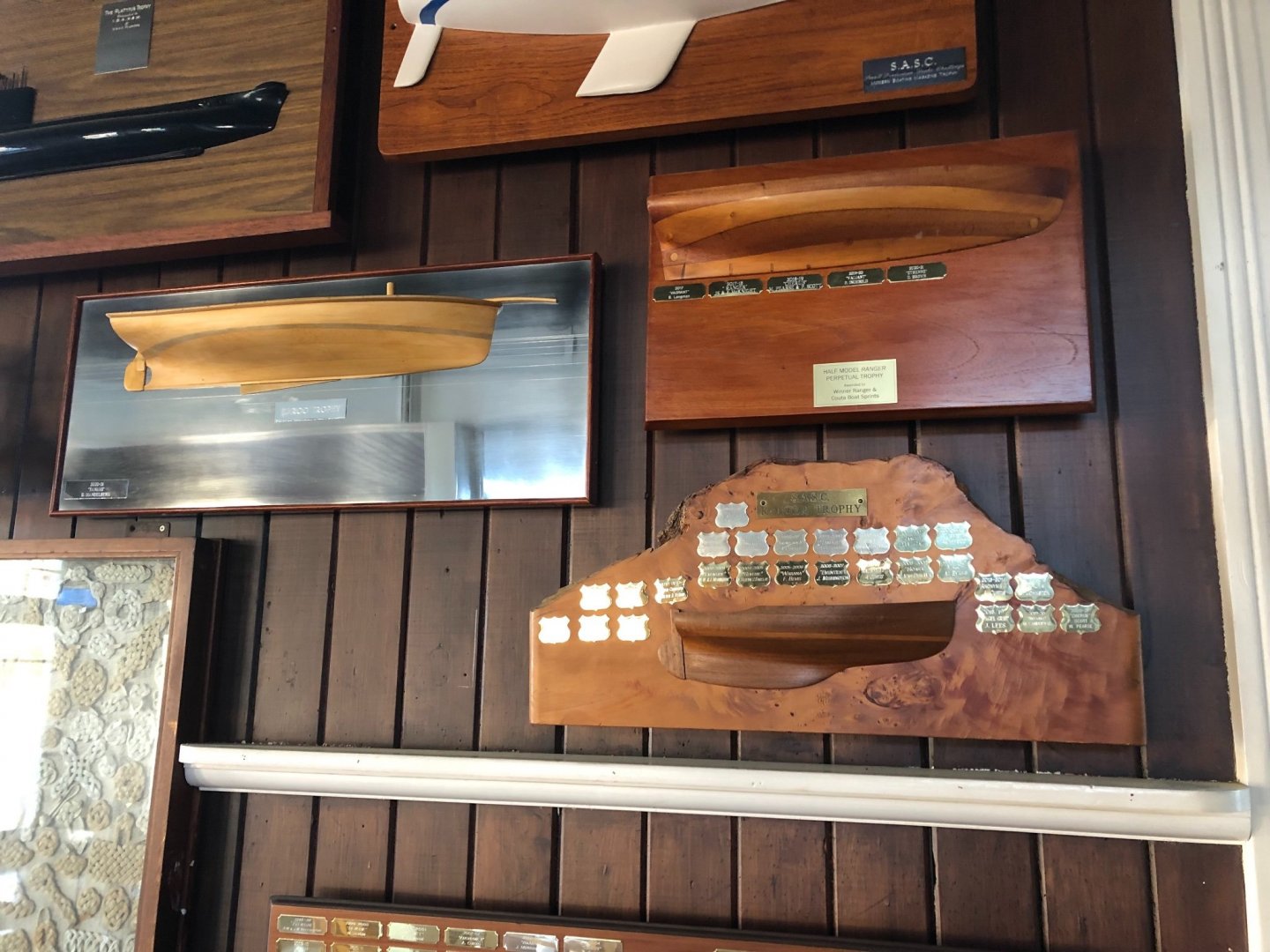-
Posts
804 -
Joined
-
Last visited
Content Type
Profiles
Forums
Gallery
Events
Everything posted by Mark Pearse
-
Hi Steven This looks very interesting. Do you have an idea of how large the actual vessel would have been? It's difficult from the images, with the way they have multiple scales operating at once.
- 508 replies
-
Hi Keith Possibly the large bilge keels are to reduce wallowing. For this launch, drying on a mud or sand bank doesn't seem as likely. Thanks for the ongoing detailed posts on how you make things.
-
Hi Steven Just catching up on models - & wow, what an extraordinary craft. I'll read your introduction, I'm sure there's some information on her there.
- 740 replies
-
- Tudor
- restoration
-
(and 4 more)
Tagged with:
-
Hello Håkån I've enjoyed this journey very much, it's a beautiful model. I'm sure it would be a lovely boat to sail on.
-
Hi Druxey I came across this lovely image of women's rowing teams in Sydney approx 1900-20, with the steering yoke pretty much as your craft, & showing how they worked. Amazing how close the designs are.
- 433 replies
-
- open boat
- small boat
-
(and 1 more)
Tagged with:
-
Hi Keith The foremast one is curious. However, it does look like (from the initial photos) that the foremain might be loose footed & the main main laced. Moving the gooseneck pivot point aft would mean the sail foot automatically loosens when the boom is eased out (good), but wouldn't make a difference if the foot was laced. So that's a possibility. The only thing I know for sure is that a gaff main puts a huge load on the gooseneck fitting, having broken two 7/8" solid bronze gooseneck pins, with a comparatively small 24' hull, see results below...
-
You've done a wonderful job. An interesting boat, a couple of things are especially interesting: With the person in the model for scale you realise just how big the boat is, especially the rudder & tiller arm are huge; also it's interesting how high the freeboard is. I'd love to go for a sail on that!
-
It's hard to see on the photo, but does the mast have thumb cleats, or something like that, that the shrouds pull up against. thanks, Mark
-
Hi Pat Ha! Yes the submarine 'Platypus Trophy' is a curious one for a sailing club. I don't recall what the connection is.... A couple of the grander sailing clubs have some very nice models - if you're in town, The Squadron (Royal Sydney Yacht Squadron) & CYC (Cruising Yacht Club of Australia), up in Pittwater the Royal Motor Yacht Club - they all have great collections. Notable is the CYC's half model of every handicap winner of the Hobart.
-
And now the half model, with trophy name plate, is up on the wall of our sailing club. It has some interesting company.
-
Hi Vaddoc It's exciting to see the planking commence. I hope you get some more time to build in the near future. Are you planning to set up any battens or thread to sight the planking lines?
-
Hi Silverman. Nice clean work there. I also used dry heat to bend timber, mainly with a hot air gun. I did use boiling water once because it had to be softened along it's full length at once - but I don't think the timber was more flexible from that technique than just dry heat. For planks I would look at the twist required & then clamp one end of the plank, then apply hot air & twist the timber with the other hand...let cool & check...twist some more etc. Mark
-
Thanks everyone Hi Druxey, I proposed this Trophy (most sailing clubs have a lot of trophies, so additional ones are not always welcomed) to encourage classic yachts from other clubs to sail with us (The Sydney Amateur Sailing Club). We have a Sunday non-spinnaker classics series, & one race from this series becomes an 'invitational' race, so open to casual entries from anyone. To make it more interesting a bottle of whisky & your name on the trophy are both on offer - so at the annual prize giving day you get to have the trophy on your table & take the whisky home. It's pretty amazing what people will do for a bottle of whisky & some sparkly silverware, but it's all part of the fun. When the trophy is up on the wall, I'll post a picture of it.
-
I wonder if they used the yoke to lock the rudder off while rowing, & used it for steering only while sailing. Wefalck seemed to be pointing to this.
- 433 replies
-
- open boat
- small boat
-
(and 1 more)
Tagged with:
About us
Modelshipworld - Advancing Ship Modeling through Research
SSL Secured
Your security is important for us so this Website is SSL-Secured
NRG Mailing Address
Nautical Research Guild
237 South Lincoln Street
Westmont IL, 60559-1917
Model Ship World ® and the MSW logo are Registered Trademarks, and belong to the Nautical Research Guild (United States Patent and Trademark Office: No. 6,929,264 & No. 6,929,274, registered Dec. 20, 2022)
Helpful Links
About the NRG
If you enjoy building ship models that are historically accurate as well as beautiful, then The Nautical Research Guild (NRG) is just right for you.
The Guild is a non-profit educational organization whose mission is to “Advance Ship Modeling Through Research”. We provide support to our members in their efforts to raise the quality of their model ships.
The Nautical Research Guild has published our world-renowned quarterly magazine, The Nautical Research Journal, since 1955. The pages of the Journal are full of articles by accomplished ship modelers who show you how they create those exquisite details on their models, and by maritime historians who show you the correct details to build. The Journal is available in both print and digital editions. Go to the NRG web site (www.thenrg.org) to download a complimentary digital copy of the Journal. The NRG also publishes plan sets, books and compilations of back issues of the Journal and the former Ships in Scale and Model Ship Builder magazines.


